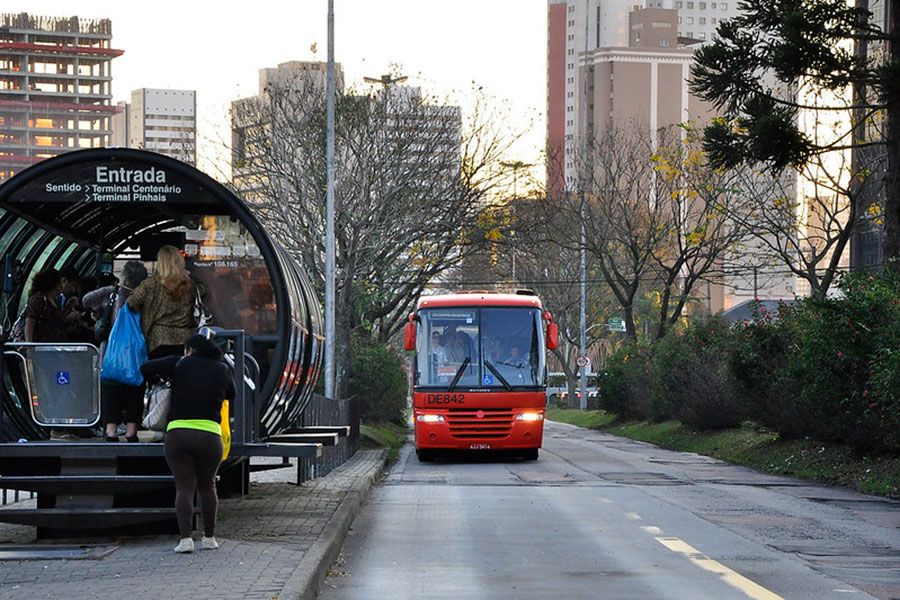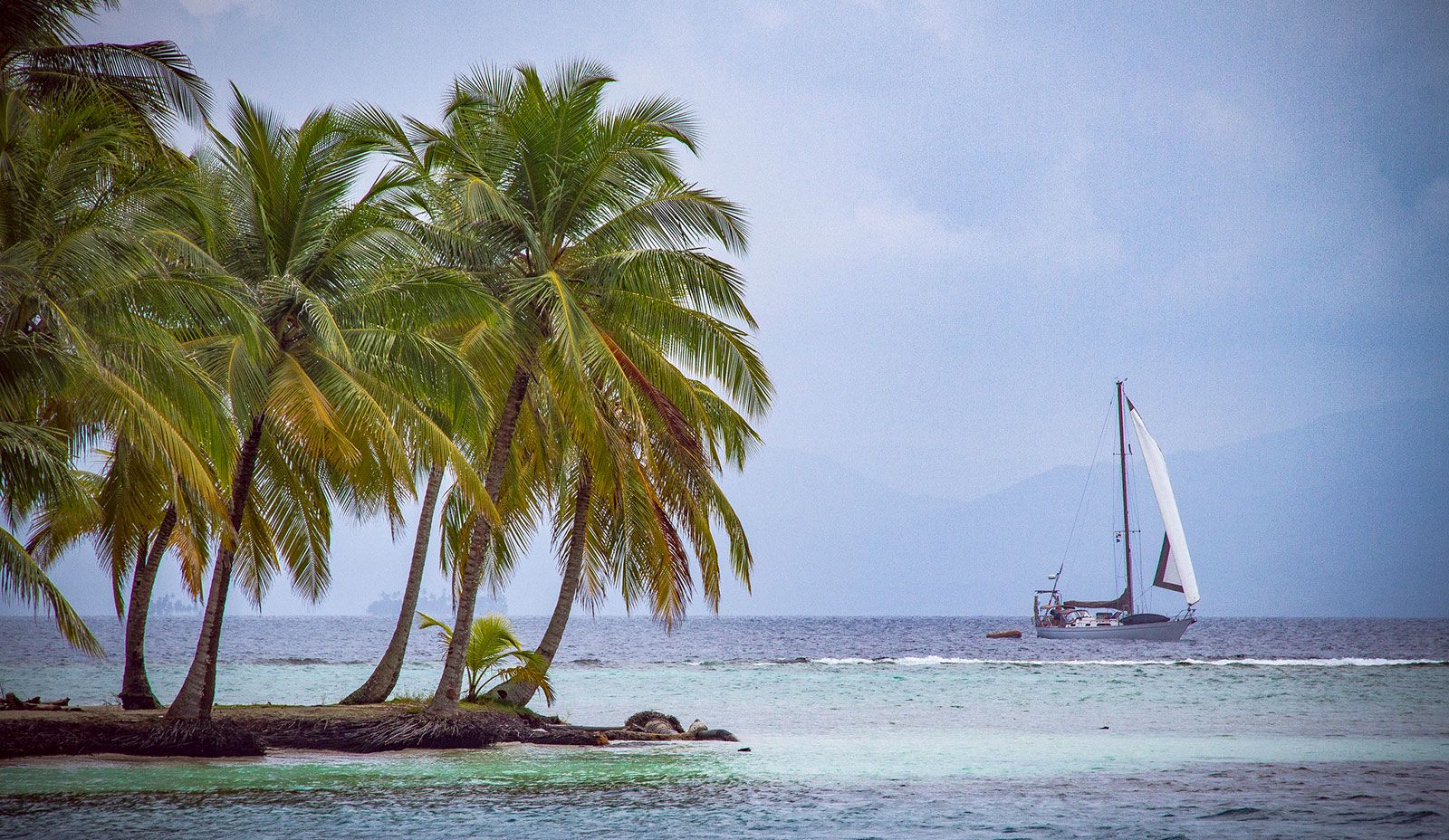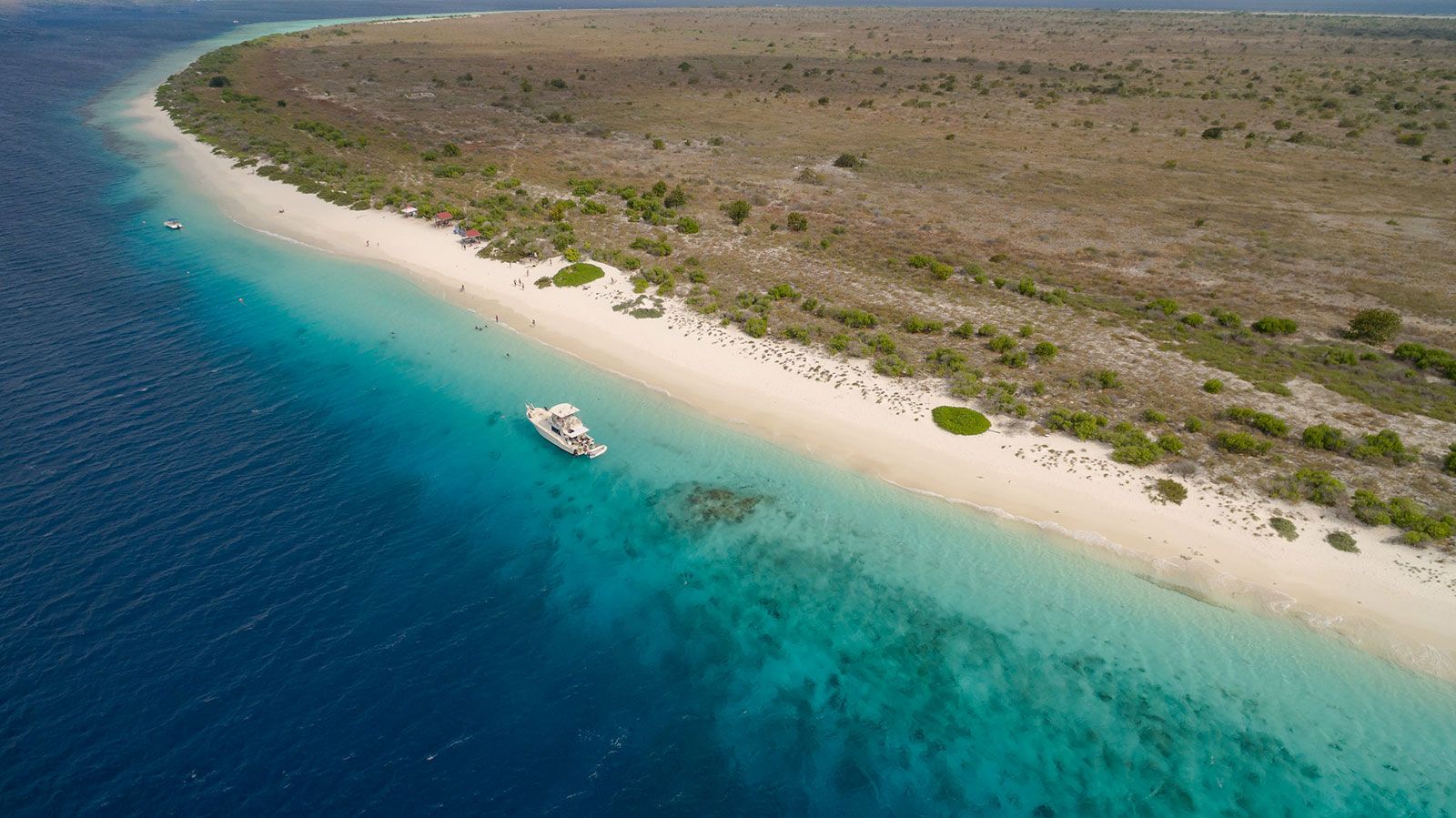Curitiba is the capital of the southern Brazilian state of Paraná. It is known as a cultural center, Curitiba is home to a number of performance venues. Curitiba is one of the largest cities in the prosperous Southern region, and its population is largely descended from German, Ukrainian, Russian, Italian and Polish immigrants. The city’s population is close to 2 million.
Curitiba’s eco-city initiatives began long before the current mandate to clean up cities was born. In 1971, architect Jaime Lerner was elected mayor for his first out of three terms and came up with innovative and creative solutions.
The city has 17 new parks, 90 miles of bike paths, trees everywhere, and traffic and garbage systems that officials from other cities come to study.
The average salary resident of Curitiba about 3.5 times greater than the minimum in the country, thus taxes in Curitiba are not higher than in the whole country.

Photo credit: EMBARQ Brasil / Flickr
Integrated transport system
Curitiba, Brazil pioneered the use of bus rapid transit and is viewed as a model bus rapid transit (BRT) system for other countries in Latin America and around the world. Curitiba was the first city in Brazil to organize private bus operation in catchment areas and the first city in the world to implement a full BRT system.
They are widely recognized for their many innovative features. The overall system is the result of many incremental decisions aimed at improving service quickly, pragmatically, and affordably.
The bus system includes about 37 miles of median busways and carries about 2 million people per day. About 70% of Curitiba’s commuters use the bus system even though Curitiba’s automobile ownership and per capita incomes are significantly higher than the national average for Brazil.
Buses also travel on urban roadways, so infrastructure investments can be substantially lower than the capital costs required for rail systems.

Photo credit: traveltoparana
The buses run frequently—some as often as every 90 seconds and the stations are convenient, well-designed, comfortable, and attractive.
Curitiba has one of the most heavily used, yet low-cost, transit systems in the world.
They initiated a system that focused on meeting the transportation needs of all people—rather than those using private automobiles. They avoided large-scale and expensive projects in favor of hundreds of modest initiatives.
Passengers pay a single fare for travel throughout the system, with unlimited transfers between buses at terminals where different services intersect.
Very limited public parking is available in the downtown area, and most employers offer transportation subsidies, especially to low-skilled and low-paid employees.
Additionally, to avoid congestion in central areas, various streets in the city center were pedestrianized.
The result was a highly reliable mass transport system that dramatically reduces automobile usage, fuel consumption and emission levels in the city. A versatile, cost- and time-effective model that can be implemented by making improvements to existing transport infrastructure and vehicles.
A low-cost transit system used by over 75% of travelers in Curitiba, a city of three million-plus. Eliminates about 27 million automobile trips annually, saving 10 million gallons of fuel and lowering the city’s CO2 emissions by 25%. A model for developing cities worldwide.

Photo credit: Ben Tavener / Flickr
Increased green space
The city administration had to find a solution for the frequent flooding that was taking place due to the geographical position of the city.
Curitiba’s park system was designed to preserve the river’s meandering course. During heavy rains the river backs up and spreads out into the low-lying area of the parks, forming temporary lakes and mimicking a natural floodplain.
Curitiba has 400 square kilometers of public parks or forest space or more than 50 square meters per inhabitant. It emits 25 percent less carbon per capita than most Brazilian cities.
The local botanical garden is divided on the site of the former city landfill, it serves as a recreation and research center. In addition, there are 17 parks – and each is dedicated to a particular topic. In addition, these parks are easily accessible using the public transport system.
Curitiba developers get a tax break if their projects include green areas.
Curitiba’s Recycling Initiatives
Curitiba’s citizens separate their trash into just two categories, organic and inorganic, for pick-up by two kinds of trucks. Curitiba has also spearheaded programs that encourage residents to keep their streets clean and recycle, in exchange trash and recyclables by offering them bus tokens, food, and cash.
The trash goes to a plant that employs people to separate bottles from cans from plastic.
Recovered materials are sold to local industries. The recycling program costs no more than the old landfill, but the city is cleaner, there are more jobs, farmers are supported and the poor get food and transportation. Curitiba recycles two-thirds of its garbage – one of the highest rates of any city, north or south.

Photo credit: Stephen Downes / Flickr
Social Opportunity
Curitiba now has the most developed in the Brazilian system of social support and one of the most viable educational and outreach programs. Students are educated to become engaged citizens through learning progressive social and environmental concepts at an early age. A great example of this is the recycling program.
The Brazilian city of Curitiba has developed a model of successful operation and development, learning to deal with a wide range of issues from transport and economic – to the social and environmental.
The success of the city can be largely attributed to mayor Jaime Lerner, whose goals are largely rooted in developing a city that works efficiently for all its residents, and produces a society of satisfied individuals. Curitiba is an excellent example of a society working together as a collective.
It is hard to believe that so many cities in the world today are unable to find solutions for better mobility, sustainability and general quality of life.
Featured photo credit: Stephen Downes / Flickr
Want to learn more about other sustainable destination? Check out section sustainable travel destinations.















